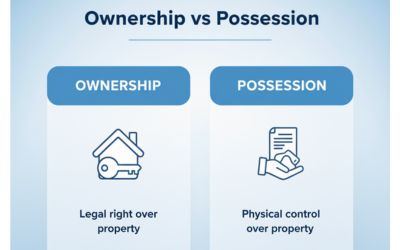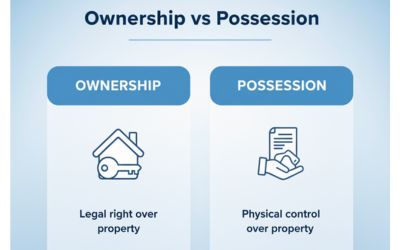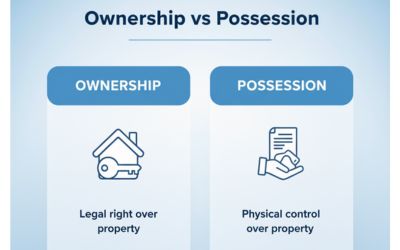Madhya Pradesh High Court Advocates Bar Association v. Union of India
AIR 2022 SC 2713 — Easy English classroom-style case explainer.

Quick Summary
This case tests three things about the National Green Tribunal Act, 2010: Do High Courts lose their writ powers? Is a direct appeal from NGT to the Supreme Court valid? Is Section 3 an excessive delegation? The Supreme Court said: writs survive (Arts. 226–227 stay), direct appeal is valid (Section 22), and Section 3 is within limits. The petition failed; the Act stands.
Issues
- Does the NGT Act infringe High Court jurisdiction under Articles 226–227?
- Is a direct appeal from NGT to the Supreme Court (Section 22) constitutional?
- Is Section 3 of the Act ultra vires due to excessive delegation?
Rules
- Delegation: Allowed if Parliament sets policy, purpose, and limits. Core law-making cannot be handed over.
- Writ Jurisdiction: High Courts’ powers under Arts. 226–227 are basic judicial review tools and are not lightly excluded.
- Specialised Tribunals: Can handle complex subjects; access to writs should still remain for exceptional control.
Facts — Timeline

Arguments
Petitioners
- NGT route shrinks writ access under Arts. 226–227; Sections 14 & 22 are harmful.
- Direct appeal to the Supreme Court bypasses HCs, weakens layered review.
- Section 3 gives the Executive too much power—an excessive delegation.
Union of India / Respondents
- Writs are not ousted; tribunals provide expert, speedy justice.
- Section 22 offers a clear statutory appeal to the Supreme Court.
- Section 3 is guided by the Act’s objectives and Parliament’s framework.
Judgment

- Writs remain: Sections 14 & 22 do not oust Articles 226–227. High Courts can still issue writs.
- Direct appeal valid: Section 22 is constitutional. Litigants may choose between HC writs and NGT → SC route.
- Delegation ok: Section 3 is not excessive delegation. The Act provides policy/limits; executive action is guided.
- Result: Petition dismissed; the NGT Act upheld.
Ratio Decidendi
Specialised tribunals and writ courts can co-exist. A statute may create a direct appellate route to the Supreme Court and still preserve High Court review. Delegation is valid where Parliament sets the boundaries and the executive only implements policy.
Why It Matters
- Confirms that writ jurisdiction is a safety valve even with expert tribunals.
- Endorses direct appeals from NGT to the Supreme Court.
- Clarifies limits of delegation in setting up tribunal benches.
Key Takeaways
- Writs stay alive alongside the NGT framework.
- Section 22 direct appeal is constitutional.
- Section 3 is a guided delegation, not excessive.
Mnemonic + 3-Step Hook
Mnemonic: WAD — Writs remain, Appeal direct is valid, Delegation okay.
- Spot tribunal route vs writ route.
- Check Section 22 appeal path to SC.
- Confirm Section 3 is guided, not blank cheque.
IRAC Outline
Issue
Do NGT provisions cut down HC writs? Is direct appeal valid? Is Section 3 excessive delegation?
Rule
Writs are basic; tribunals may exist; delegation needs policy, purpose, and limits.
Application
NGT route co-exists with writs; direct appeal is legislative choice; Section 3 is guided by the Act.
Conclusion
Act upheld; petition dismissed.
Glossary
- Writ Jurisdiction
- High Court/Supreme Court power to protect rights by issuing writs like mandamus, certiorari, etc.
- Excessive Delegation
- When the legislature hands over its core law-making role without policy or limits.
- Tribunal
- A specialised body that decides cases in a focused field (here, environment).
FAQs
Related Cases
Tribunal vs Writ Control
Cases balancing specialised tribunals with High Court oversight.
Judicial ReviewDelegation & Policy
Decisions drawing the line between guidance and excessive delegation.
Separation of PowersCompare: Himmat Lal v. Commissioner of Police (AIR 1973 SC 87)
Free assembly vs regulation—shows how reasonable regulation co-exists with fundamental rights, similar to how writs co-exist with tribunals.
Share
Related Post
Tags
Archive
Popular & Recent Post









































































































































































Comment
Nothing for now